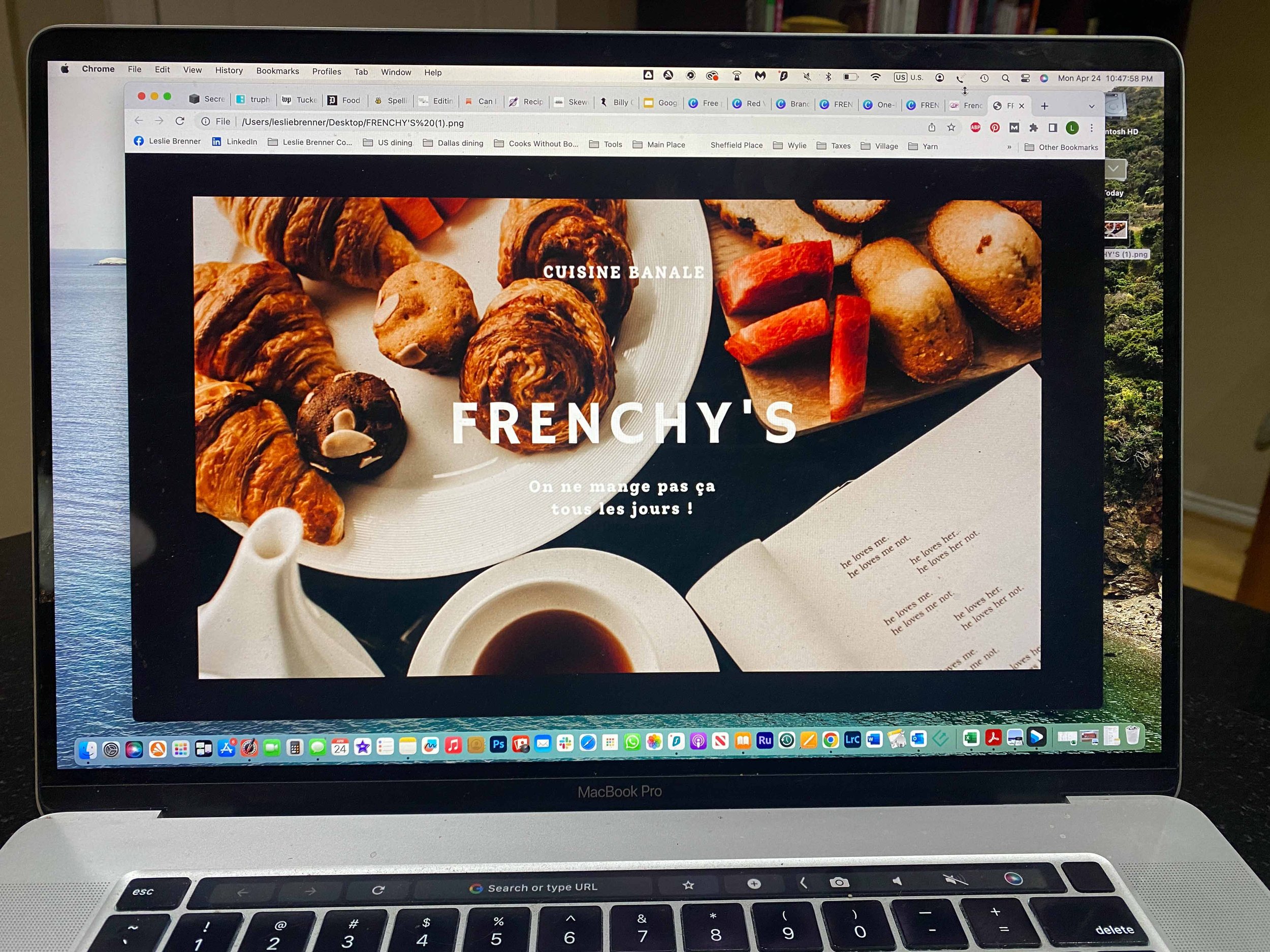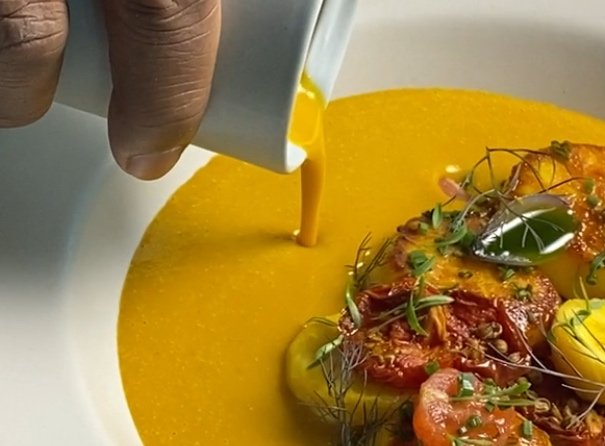Want to get the word out about your restaurant? Of course you do!
But that doesn’t necessarily mean you should run out and hire a publicist. In fact, if you’re like most clients who come to me because they want to hire a PR person, what you might need more (and first) is a good website.
The vast majority of diners — nearly 80% — look at a restaurant’s website before deciding to visit. In 2019, MGH, a marketing communications agency, published a survey of U.S. restaurant goers that found that 77% of them are likely to consult a website before making that all-important decision to spend their money at a particular establishment.
What does a website do that might make a person decide to dine at your restaurant?
• Convey a sense of your eatery’s general vibe. Is your place young and fun? Sophisticated and gastronomic? Super casual, or great for date night? Your website needs to convey that visually — through branding, including graphics, photos and general design.
• Tell your brand story. People love to have their interest piqued, and here’s where you can express what makes your restaurant stand apart from the rest. “Italian” spots are a dime a dozen. But maybe you’re a friendly, family-run, old-school red-sauce Italian-American place. Or a recent transplant from Rome specializing in Italian seafood and natural wines. Tell those stories, and you’ll draw a hungry crowd.
• Show the food — both in words and photos. An enticing picture of your barbacoa or bouillabaisse might be enough to convince a would-be guest to head your way or click for a reservation, or they might want to read the menu. They’ll also often be checking to see whether you’re in their price-range.
• Enable discoverability. What do people do when they’re looking for a good Japanese spot and nothing’s coming to mind? They Google “Japanese restaurant near me.” Or “best Japanese food in [fill in their city].” A well designed website will have what’s known as good SEO — search engine optimization. That way Google (the search engine) will rank your restaurant highly, and you’ll come up high on the page. It’s done by cleverly embedding the right key words and phrases into the site in a way that Google will respond to and reward with that primo ranking. Without that, coveted new customers are much less likely to find you.
• Food writers use Google, too — and if your restaurant ranks high in the search engine, they’re much likelier to click on the result and visit your site. If you have a good site that deliciously expresses your brand, they will then visit your restaurant.
Those are the most essential functions of a good restaurant website. Here are a few more things It can do:
• Display any kudos you’ve received — great press, including on a top 10 list, an important review. That’s not essential by any means, but you’ll definitely want to boast about it if you have that.
• Make it easy to reserve a table, purchase a gift card, order take-out, find out when you’re open.
Does that mean you need to spend a fortune on a brilliant site?
Absolutely not! You don’t need a brilliant site; you just need an attractive, simple site that does what it’s supposed to do. It doesn’t need a lot of bells and whistles — just good, clean design, great visuals, basic functionality and carefully crafted words.
Put off re-doing your mediocre website at your own peril
Yep, it’s super important to have a good one. A poor website experience virtually guarantees a potential guest will stay away.
• Poor design signals “this place is not cool.”
• A cheap, canned look suggests the restaurant will be too bare-bones, or even a dump.
• Slow page-loading suggests the restaurant doesn’t care about the user experience, and therefore perhaps won’t care about your experience as a guest.
• Dull photos do nothing to sell your food. Instead, the would-be guest will find another site where the food looks great, and go there.
• Inadequate SEO will lose you business to another restaurant whose good SEO ensures they land high in the search results.
Time to take stock
Take a spin through your own restaurant’s website, and see what you think. If you need it, we’re here to help.





